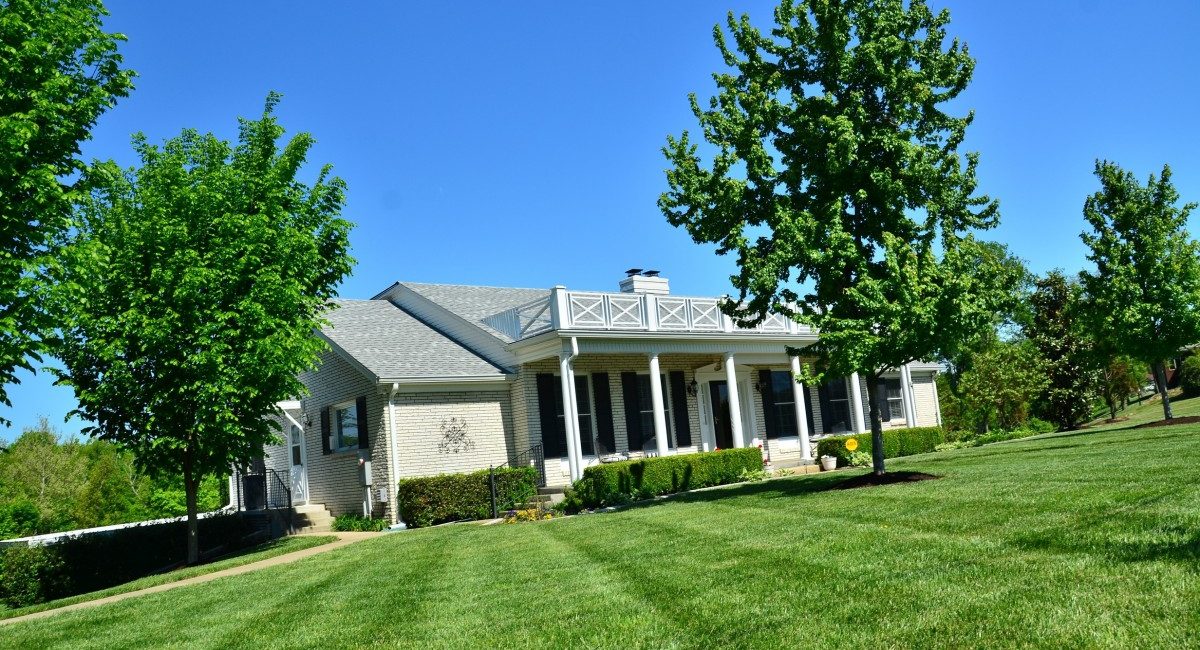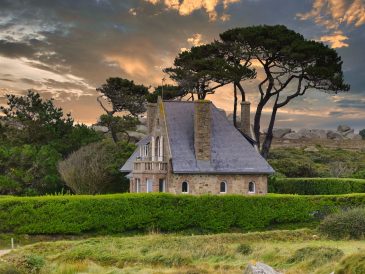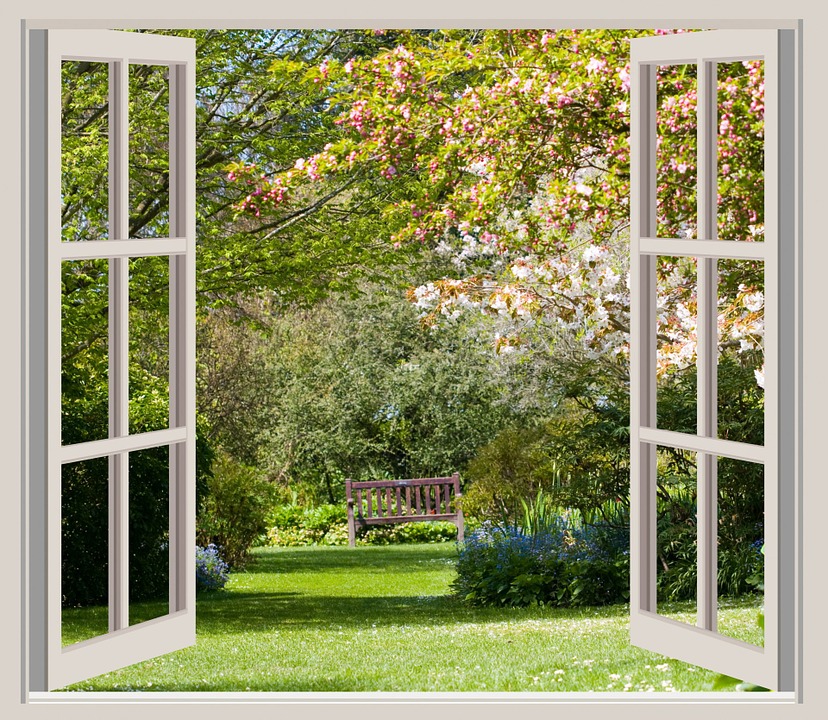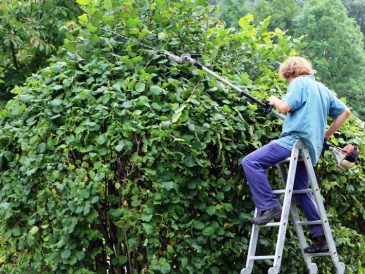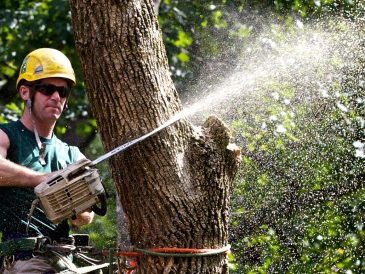Which Trees to Plant Near Your Home?
SUMMARY
– Criteria for choosing the right trees
– Which tree for which function?
– Which trees for a small space in a garden?
– Which trees for a larger garden space?
– Rules to respect when planting trees
There is nothing like a majestic tree to sublimate your garden and house… But you still have to choose which type of tree? There are indeed all kinds of trees: evergreen hedges, flowering shrubs, fruit trees, fragrant species, conifers, tropical plants, and much more. It’s hard to choose! However, it is important to consider some essential criteria to determine which trees to plant near your house. This post will guide you in selecting the right trees.
The criteria for choosing the good trees
Several criteria come into account as regards the choice of the trees to be planted near your house. Indeed, you must make your selection according to your tastes and your desires (fragrant trees, flowering trees, evergreens, ornamental trees, etc.), but also according to the location, the nature of the soil of your garden, the climate of your region and the sunning of your plot.
– The location: small or large gardens, proximity or not to the property line, presence of high electrical cables or underground pipes, it is important to take these elements into account in order to choose the most suitable tree.
– The nature of the soil: sand, clay, limestone, etc., the nature of the soil will also determine the spaces to plant in your garden. For example, Mediterranean plants like stony soil, while conifers prefer heather soil. Don’t hesitate to ask your nurseryman for advice before selecting your varieties.
– The climate: the climate also plays an important role in the growth of your tree. For example, highly decorative tropical plants, like cypress, pine or Judas tree, will adapt more easily to a mild Mediterranean or oceanic climate. In the mountains, it is better to plant lime, fir, beech, birch, or spruce trees.
– Sunlight: some trees prefer to be planted facing south to receive maximum sunlight, while others prefer to be in the shade. For example, olive trees, palms and eucalyptus need sun exposure, while Japanese maple, hydrangea and camellia like shade.
When you buy your tree, plant or shrub, do not hesitate to give all this information to the nurseryman so that he can help you make the best choice. He will also provide gardening tips to help you take care of your trees. He will also be able to advise you on how to water the tree. Indeed, the quantity of water and the way to proceed is important. Prefer slow and deep watering. For the amount of water, a well-established tree generally needs 38 litres of water for a diameter of 2.5 cm. The frequency will depend on the different varieties of plants.
Which tree for which function?
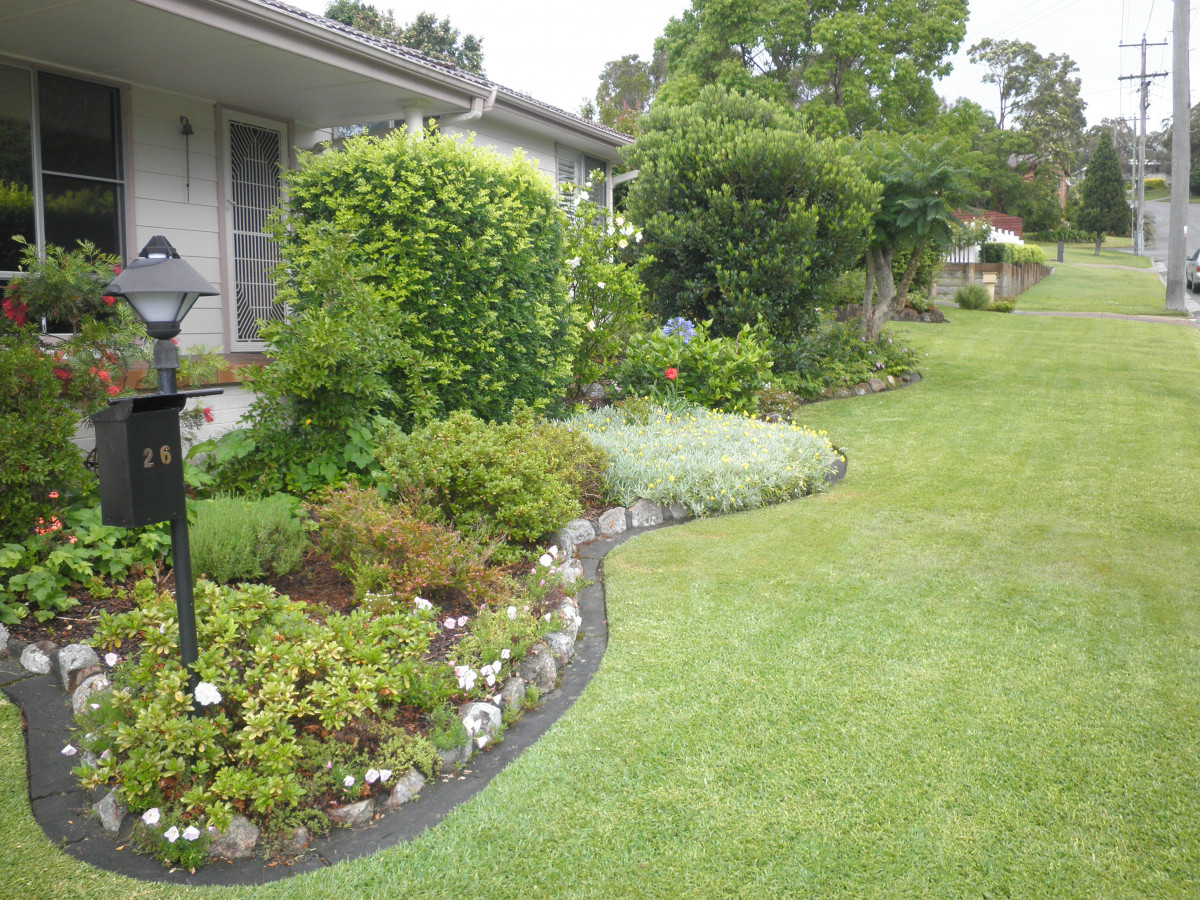
Your choice should also depend on the function you will give your tree. It can be a hedge that will delimit your property, a shrub that will provide edible fruits or a tree that will bring you the necessary shade for your summer lunches. Judiciously planted, the tree can hide unsightly buildings or attenuate the vis-à-vis. If the visual disturbance is high, choose tall trees with a spread-out habit to create a natural screen.
To isolate yourself on your terrace, choose the California privet, the dogwood, or the variegated common boxwood, in pots or the ground. Their dense foliage is ideal for keeping out prying eyes. If you have installed a wooden pergola, climbing plants such as wisteria, jasmine, or Virginia creeper will also be suitable for hiding you from the other side and providing shade.
Install a plant hedge to delimit your garden from your neighbours. Thuja, laurel, spindle or bamboo, these evergreen species will protect you from prying eyes all year. To hide from the other side, remember to choose evergreen trees, plants and shrubs that do not lose their foliage in autumn or winter. This way, you can maintain your privacy in all seasons.
If it is the shade you are looking for, then the ball catalpa is the ideal tree. Of medium size, its rounded shape allows it to become a real natural parasol. The ball maple, the soap tree, the Japanese cherry with its pink flowers or the Judas tree are also aesthetic alternatives to decorate and bring shade to the garden.
Which trees for a small space in the garden?
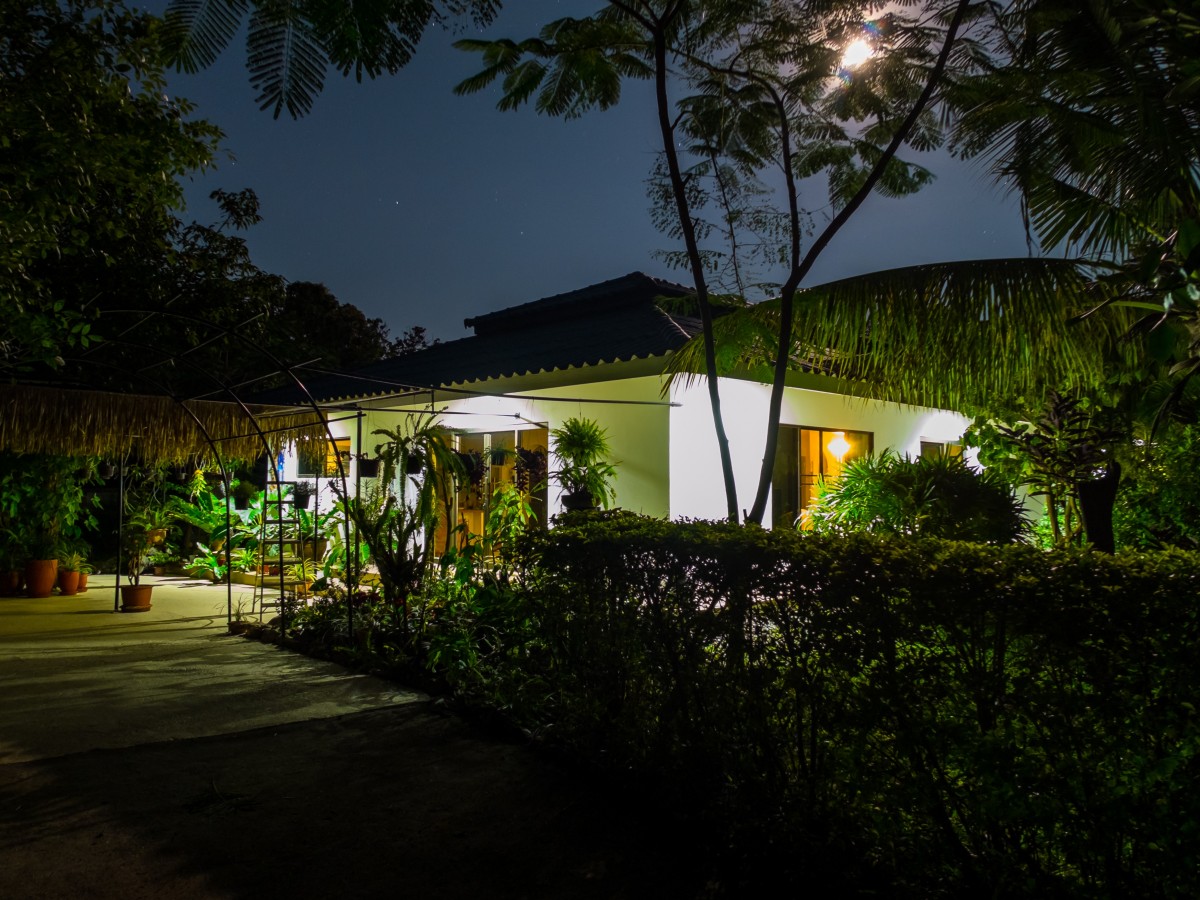
Depending on its species, the tree will need more or less space to grow. If your garden is small, you should choose a specimen adapted to small spaces, easy to prune, with a narrow growth habit, and whose roots do not extend too far or too deep. A tree with a rounded habit, such as the catalpa bignonioides nana or catalpa boule, will be more easily integrated into your garden than a tree with a spreading habit.
The olive tree is thus one of the trees to be favoured on a small plot of land. It is easy to prune and can live for several hundred years if you keep its feet dry. You can plant it on a layer of stones and protect it with a geotextile in winter.
The Japanese maple (acer palmatum) is also ideal for small, shady spaces, as is the ball maple (acer platanoides globosum). It can also be planted in a pot to develop serenely for several years before being replanted in the garden. Of medium size, its growth is slow, and its root development is rather weak.
If you prefer to opt for a tree with a majestic bloom, magnolias with their starry white flowers or the Judas tree with its bright pink foliage are options to be preferred. Finally, if you live downtown and only have a small plot of land, a terrace or a balcony, then potted fruit trees such as orange trees, lemon trees, dwarf lilac and hibiscus syriacus will give you the breath of greenery you need.
Which trees for a larger garden space?
Do you have several hundred or even several thousand square meters of garden? You can let your imagination run wild to create a unique garden design. In this large space, you can have several varieties of trees and shrubs living together. The Asian linden (Tilia henryana) will fit in perfectly and delight you with its lacy foliage that blooms in spring. It will offer you superb pink fragrant foliage.
Do you like trees with a drooping habit? The weeping willow, the Young’s weeping birch (betula pendula youngii) or the morus alba pendula bring a lot of charm to gardens. The elegant umbrella pine is also an ideal tree for large spaces. It can reach a height of 20 meters and offer shade in summer. Its roots extend over several meters, so it should be planted well from the house, terrace or pool.
The cypress of Provence, the cedar of Lebanon, the yew, the oak or the giant sequoia are majestic trees that will proudly stand in your garden. As for flowering trees and shrubs, the magnolia, camellia, crinodendron or hawthorn will give colour to your outdoor space.

